How to Build a Winning Account-Based Marketing Campaign from Scratch in 2025
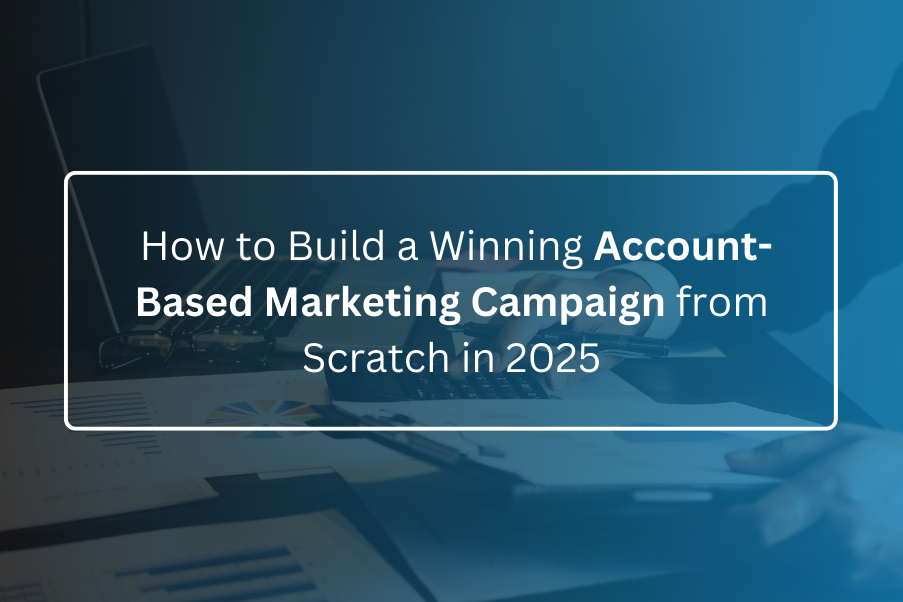
Traditional lead generation tactics often fall short, especially when engaging high-value prospects. That’s where an Account Based Marketing campaign makes all the difference.
ABM flips the funnel by focusing your sales and marketing efforts on a defined set of high-value accounts through personalized marketing campaigns across multiple channels. It is strategic, data driven, and built for long term relationship building and revenue growth.
With 70% of marketers actively using ABM and 87% reporting higher ROI, it’s clear that a targeted ABM approach outperforms generic outreach. Whether you’re expanding into new markets or nurturing strategic clients, a well executed ABM campaign strategy can drive measurable results without needing a massive team or budget.
Step 1: Choose the Right Type of ABM for Your Business
To launch a successful account based marketing campaign, begin by selecting the model that aligns with your business goals and resources.
Strategic ABM (One to One) is tailored for one to five high-value accounts. This model involves deep research and customized engagement and is ideal for high stakes enterprise deals.
ABM Lite (One to Few) targets clusters of 10 to 30 accounts with similar needs. It balances personalization with scalability and often uses modular assets.
Programmatic ABM (One to Many) uses automation and AI to reach 30 or more accounts at scale. This method supports broader B2B account targeting using intent data and retargeting.
These tiers are flexible. Accounts can move between models based on engagement, deal stage, or sales readiness.
Step 2: Align Sales and Marketing Around Shared Goals
Effective ABM demands strong alignment between sales and marketing. Misalignment leads to fragmented messaging and missed opportunities.
Start by jointly defining success metrics, aligning on the target audience, and clarifying the handoff process. Collaborate on account selection, messaging, and campaign timing.
Ongoing syncs and shared dashboards ensure both teams remain in lockstep and make your ABM approach more cohesive and impactful.
Step 3: Assemble Your ABM Team
A cross functional team is essential to executing a high performing account based marketing strategy. Key roles include:
- Sales Development Reps (SDRs) who handle outbound outreach
- Marketing Development Reps (MDRs) who nurture inbound interest
- Sales and Marketing Ops to manage tools, data integrity, and workflows
- Campaign Marketers to plan and run campaigns
- Content Creators to produce account specific assets
- Customer Success Managers to share insights that support expansion and retention
Together, these roles enable unified communication and delivery across the buyer journey.
Step 4: Define Clear ABM Goals and Metrics
Before launching, define what success looks like. Common goals for an ABM campaign strategy include expanding revenue within existing accounts, entering new verticals or geographies, increasing marketing sourced pipeline, and shortening sales cycles.
Track key performance indicators (KPIs) such as the number of engaged accounts, account level content engagement, influenced pipeline, and opportunity to win conversion rates.
With 41% of marketers citing data tracking as their top ABM challenge, a structured measurement framework is essential to optimize and prove value.
Step 5: Build and Prioritize Your Target Account List
The foundation of any ABM effort is accurate B2B account targeting. Use a structured process.
- Define Your ICP (Ideal Customer Profile) by analyzing firmographics, tech stack, challenges, and deal size
- Identify First Party Intent by monitoring website visits, email interactions, and content downloads
- Use Third Party Intent Data from platforms like Bombora and G2 to reveal which companies are actively researching solutions
- Score and Prioritize based on strategic fit and buying signals
This ensures your ABM investment is focused on accounts most likely to convert and grow.
Step 6: Develop Personalized Content That Resonates
Personalization is central to ABM. Generic messaging won’t influence sophisticated B2B buyers.
Start by identifying the Decision Making Unit (DMU), typically a mix of executives, managers, and end users, and create tailored content for each role.
Executives respond to ROI driven assets, case studies, and short value focused videos
Mid level managers prefer webinars, deep dives, and solution guides
End users engage best with product walkthroughs, how to content, and FAQs
Collaborate with sales to uncover account specific pain points and craft messaging that directly addresses them. This human centered approach helps drive deeper engagement.
Step 7: Leverage the Right ABM Tech Stack
The right tools can scale your ABM efforts without adding complexity. Start with essentials.
- CRM and Marketing Automation: Salesforce, HubSpot, Marketo
- Intent and Data Tools: Bombora, G2, ZoomInfo
- Best Account Based Marketing Tools and Platforms: 6sense, Terminus, Demandbase
- Engagement Tools: Drift, Outreach, LinkedIn Ads
Prioritize integrations and simplicity. The best B2B account based marketing company won’t just plug in tools but align tech with business objectives to ensure results.
Step 8: Launch, Track, and Engage
Distribute personalized assets via email, paid ads, LinkedIn, and SDR outreach. Coordinate timing so that marketing and sales efforts complement each other.
Monitor engagement closely by tracking website visits from target accounts, email open and click rates, content downloads, and demo requests.
Use these insights to adjust messaging, personalize follow ups, and escalate interested accounts to sales for conversion.
Step 9: Evaluate, Learn, and Optimize
ABM is not a one time campaign. It is an evolving strategy. Review performance regularly to learn what’s working.
Run A/B tests on messaging, content formats, and engagement channels. Promote high engagement accounts to a more personalized tier such as from Programmatic ABM to ABM Lite or Strategic ABM for deeper interaction.
Gather regular feedback from sales and customer success to refine targeting and messaging. This ongoing iteration is what separates good campaigns from great ones.
Conclusion
A winning account based marketing campaign is not about big budgets or flashy tools. It is about strategy, focus, and execution. When you align your teams, prioritize the right accounts, create meaningful content, and use smart technology, ABM can transform your B2B pipeline.
The results speak for themselves: better ROI, faster conversions, and stronger customer relationships.
Ready to elevate your ABM strategy? Partner with Almoh Media, your trusted B2B ABM agency, for tailored campaigns that drive real growth and long term revenue from top accounts.
FAQs
1. What is B2B Account Based Marketing and how does it differ from traditional lead generation?
B2B Account Based Marketing (ABM) is a strategic approach where marketing and sales teams collaborate to target and engage specific high-value accounts rather than casting a wide net. Unlike traditional lead generation, which focuses on volume, ABM prioritizes quality by delivering personalized marketing campaigns to key decision-makers in target companies. This creates more meaningful engagement and improves ROI.
2. How does Account Based Marketing work for B2B companies?
Account Based Marketing works by identifying key accounts that match your ideal customer profile, crafting personalized content and messaging for them, and delivering that content through coordinated sales and marketing channels. The process is supported by data insights, intent signals, and the use of the best account based marketing tools to engage and convert those accounts over time.
3. What are some B2B Account Based Marketing examples?
Examples of B2B ABM include:
- A software company using ABM Lite to deliver tailored demo invites to 20 financial institutions
- A SaaS vendor launching a Strategic ABM campaign for three global banks using custom microsites and 1:1 outreach
- A manufacturing firm using Programmatic ABM to serve intent-driven ads to 100+ accounts researching industrial automation
These B2B account based marketing examples show how flexible and scalable ABM can be across different industries.
4. How do B2B Account Based Marketing services support campaign success?
Partnering with experts who provide B2B account based marketing services can help companies accelerate success by offering campaign planning, content creation, tech integration, and real-time performance tracking. These services are especially useful for businesses new to ABM or those looking to scale faster without building everything in-house.
-
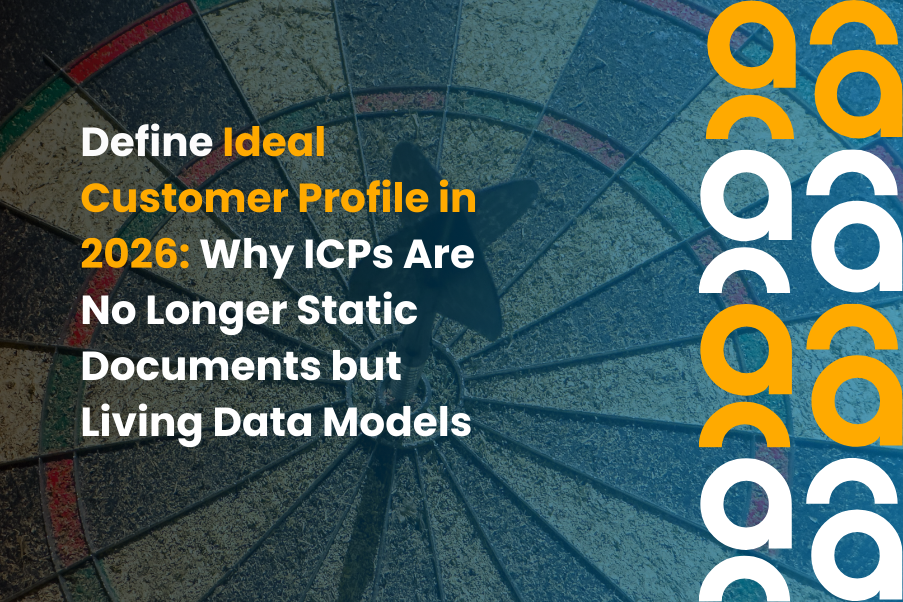 Define Ideal Customer Profile in 2026: Why ICPs Are No Longer Static Documents but Living Data Models
Define Ideal Customer Profile in 2026: Why ICPs Are No Longer Static Documents but Living Data Models -
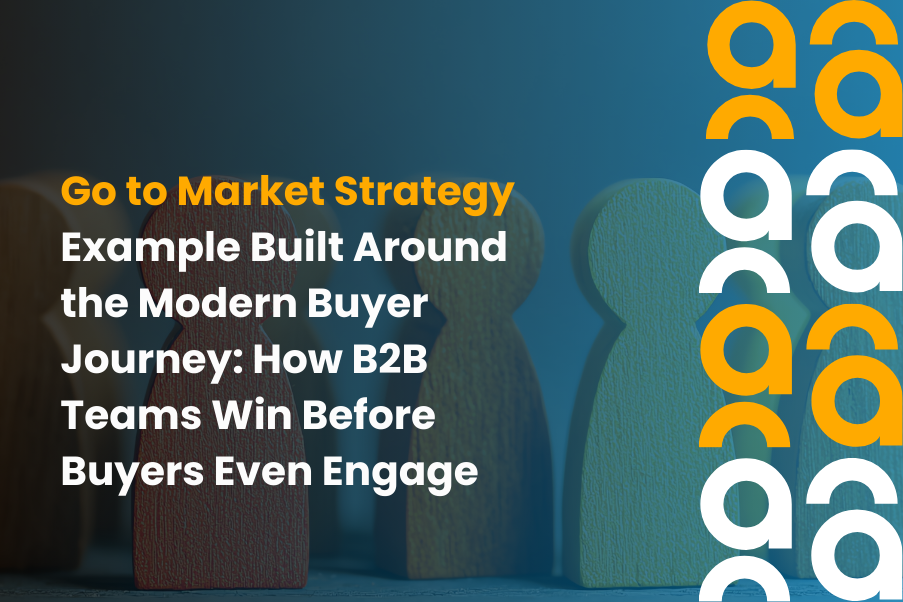 Go to Market Strategy Example Built Around the Modern Buyer Journey: How B2B Teams Win Before Buyers Even Engage
Go to Market Strategy Example Built Around the Modern Buyer Journey: How B2B Teams Win Before Buyers Even Engage -
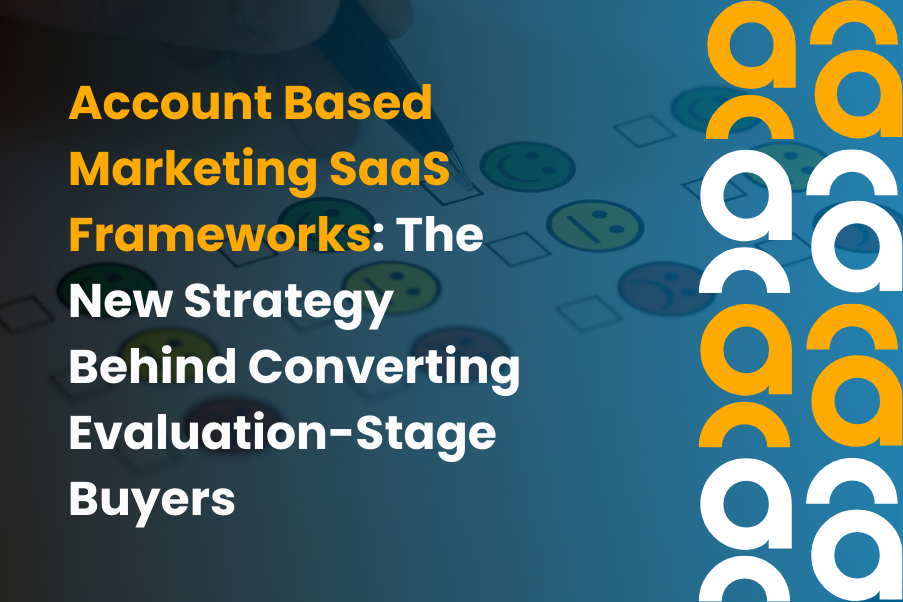 Account Based Marketing SaaS Frameworks: The New Strategy Behind Converting Evaluation-Stage Buyers
Account Based Marketing SaaS Frameworks: The New Strategy Behind Converting Evaluation-Stage Buyers -
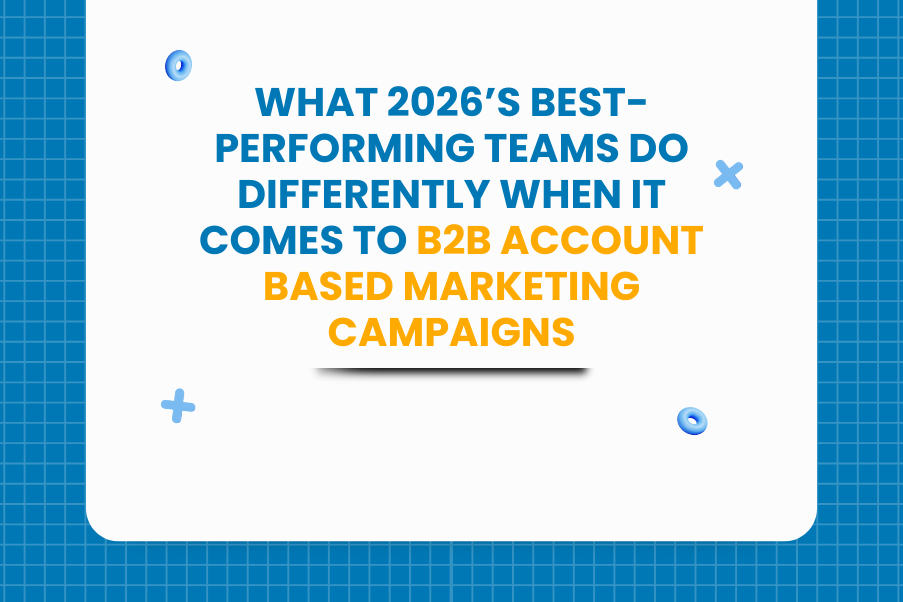 What 2026’s Best-Performing Teams Do Differently when it comes to B2B Account-Based Marketing Campaigns
What 2026’s Best-Performing Teams Do Differently when it comes to B2B Account-Based Marketing Campaigns -
 B2B Account Based Marketing in an Over-Messaged World: The Rise of Context-First Personalization
B2B Account Based Marketing in an Over-Messaged World: The Rise of Context-First Personalization

